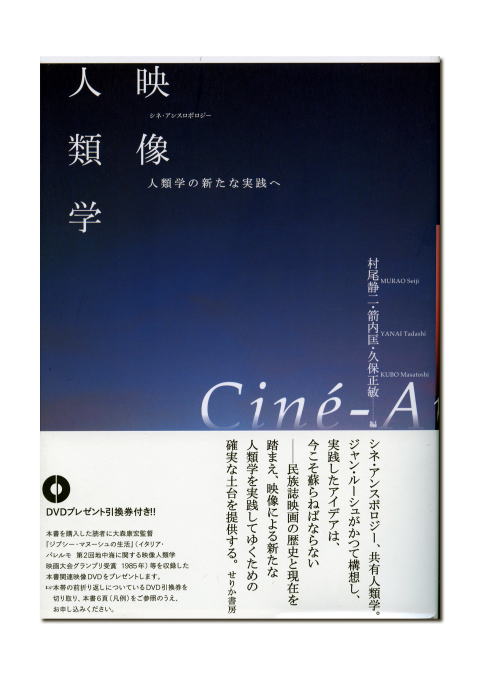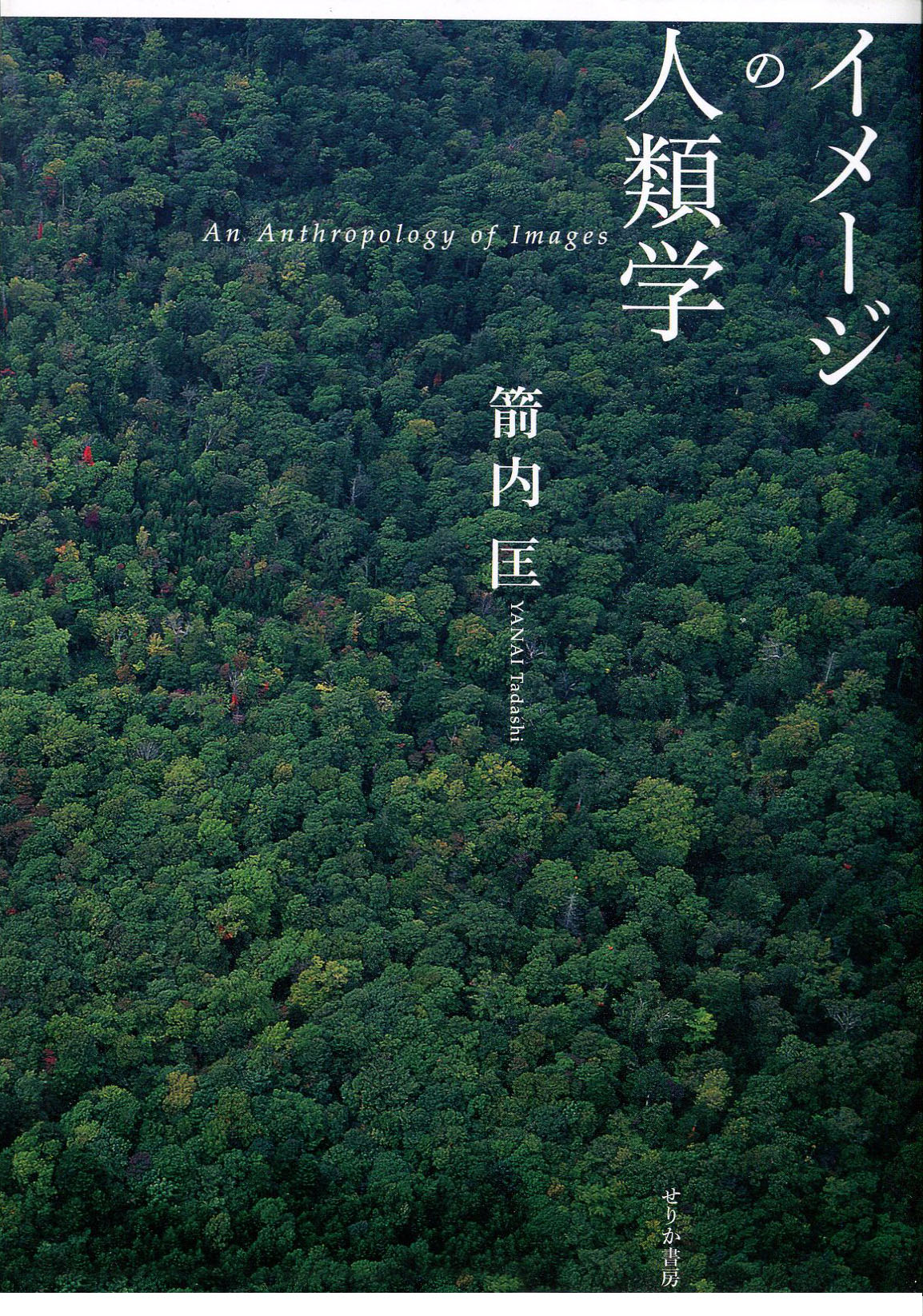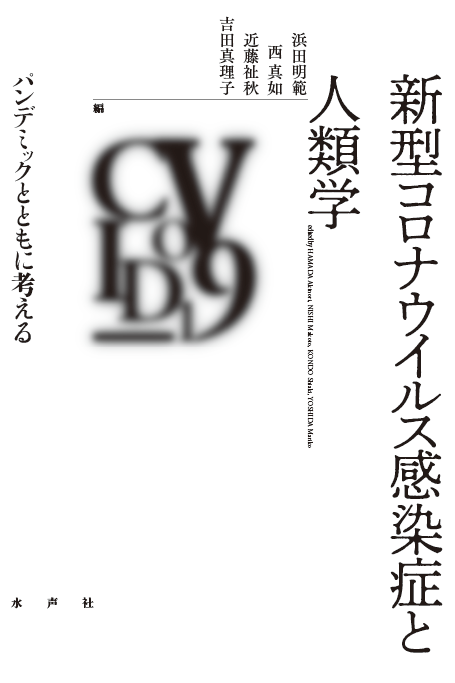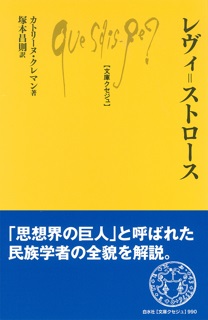
Title
Eizo Jinruigaku (Ciné-anthropology: Toward a new anthropological practice)
Size
309 pages, A5 format, softcover, incl. ethnographic film DVD
Language
Japanese
Released
May 23, 2014
ISBN
978-4-7967-0333-8
Published by
Serica Syobo, Inc.
Book Info
See Book Availability at Library
Japanese Page
Socio-cultural anthropology has consistently been accompanied by photographic/filmic images since the 1890s, when the field of study emerged. All of the giants of classic anthropology (Bronislaw Malinowski, Margaret Mead, Gregory Bateson, Claude Lévi-Strauss, etc.) had great interest in photography and/or filming. Not a single anthropologist goes for fieldwork without a camera in hand. What is the real—anthropological—significance of this? The objective of this book is to consider this question both historically and ethnographically and to formulate, by answering it, a new perspective for anthropological practice.
Without doubt, one of the fundamental tasks in this context would be to explore and re-evaluate the enormous body of work of the anthropologist Jean Rouch, who is also an essential figure in the history of cinema. Why were his films able to play such an important role in the world of cinema, yet—to be fair—be virtually neglected in that of anthropology? The second part of the book examines carefully the cinematic inventions of his films and tries to reformulate them as anthropological inventions. This will permit us to see how, in reality, his ideas were too far ahead of the anthropology of his time and are actually contemporary to the 21st century. This, for us, justifies the book’s title, which connects “ciné-anthropology”—a Rouchian term—with “a new anthropological practice.”
In the third and fourth parts of the book, several Japanese anthropologist-filmmakers who have been practicing Rouchian ciné-anthropology narrate their field experiences. The central idea discussed in these chapters is that of “shared anthropology,” one of Rouch’s many novel ideas. As he understood through his many years’ experience of ethnographic filmmaking in Africa, practicing anthropology is essentially practicing anthropology together with the people in the field. These chapters are good illustrations of the significance of this idea in the contemporary world, and the authors concurrently relate it with newer anthropological questions.
The book contains many photographic illustrations, and it is accompanied by a DVD of ethnographic films made by some of the authors. It is carefully crafted to stimulate readers’ interests in both anthropology and ethnographic film. In fact, given the widespread interest in audiovisual materials today, we think the ideas included in the book should be relevant to many people outside the field of anthropology. Specifically, the book has received much attention among those who practice and/or study cinema and art in general.
(Written by YANAI Tadashi, Professor, Graduate School of Arts and Sciences / 2017)



 Find a book
Find a book




